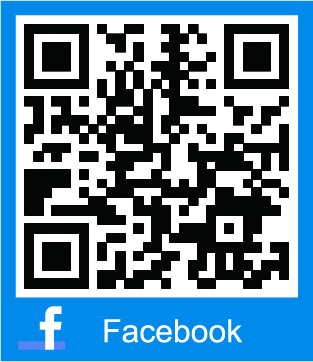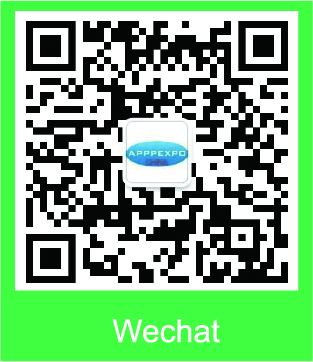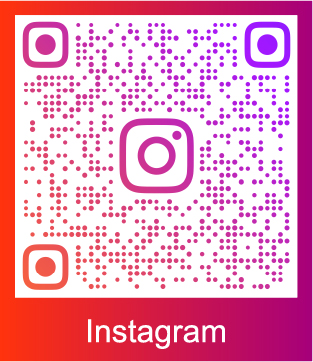Global Leaders: Flexible Packaging Emerging as the Next Big Market for Digital Printing
In recent years, digital printing has become a key technology in the packaging industry, expanding its reach across multiple segments. Digital label printing is now well established, while inkjet printing for corrugated packaging continues to grow steadily. Industry executives from leading ink manufacturers believe that these sectors will keep evolving — and that flexible packaging is shaping up to be the next major opportunity.
Christine Russell, Vice President of Commercial for FUJIFILM Ink Solutions Group (U.S.), noted that inkjet printing is expanding on multiple fronts. “Label printing is now mature and still growing, corrugated packaging is developing steadily, folding cartons are gaining momentum, and flexible packaging is just beginning to take off,” she said.
Andrew Kim, Senior Product Manager for On-Demand Label Solutions at Epson Latin America, observed that digital printing in the packaging market is showing strong growth, especially in short-run and customized applications. “For example, in food processing and fresh product packaging, digital color printing helps identify dishes, mark allergens, or communicate shelf-life information,” he explained.
Paul Edwards, Vice President of Digital at INX International Ink Co., stated that interest in digital printing is rising across all packaging sectors, with measurable growth in multiple submarkets. Simon Daplyn, Product and Marketing Manager at Sun Chemical, agreed, emphasizing the significant expansion of digital printing in corrugated, folding carton, and label applications.
Haim Levit, Senior Vice President and General Manager of HP Industrial Print, said that digital printing in packaging has seen remarkable growth. “In flexible packaging alone, HP achieved more than 20% year-on-year growth in 2024, driven by surging demand for short runs, customization, and faster time-to-market. Corrugated packaging also grew strongly, with ink usage up more than 30% this year,” he noted.
The “Next Blue Ocean” for Digital Printing
Industry leaders agree that inkjet printing is entering a new phase of opportunity, with flexible packaging at the forefront.
Sun Chemical’s Simon Daplyn pointed out that as fiber-based packaging gains popularity and new compliance standards reshape materials, digital printing is well positioned for a major market breakthrough.
Danny Mertens, Marketing Manager for Digital at Flint Group, echoed this view: “Flexible packaging represents the next big opportunity. With advances in food-safe, durable, and recyclable inkjet inks, digital technology can now meet the needs of flexible packaging converters.”
HP’s Levit added, “The next major opportunity lies in flexible packaging and folding cartons. While digital penetration is still relatively low, demand is rising rapidly. Brand owners who have already embraced digital label printing now want the same advantages across other packaging formats.”
The greatest potential for digital packaging lies at the intersection of sustainability, material innovation, and efficiency. Kim from Epson emphasized, “Brands face growing pressure to reduce waste. Digital printing supports on-demand production, eliminating multiple pre-print steps and reducing inventory of pre-printed label rolls. The combination of sustainability, personalization, and flexibility is the real growth engine.”
Edwards from INX concluded that technology evolution and brand needs are advancing together. “Flexible packaging is undoubtedly a major opportunity, even if adoption may be slower than in other applications. Hybrid systems that combine conventional and digital printing could help accelerate higher-volume output.”
In short: the future of digital printing is flexible — and the packaging industry is ready for it.
Sources:cppmp.com











